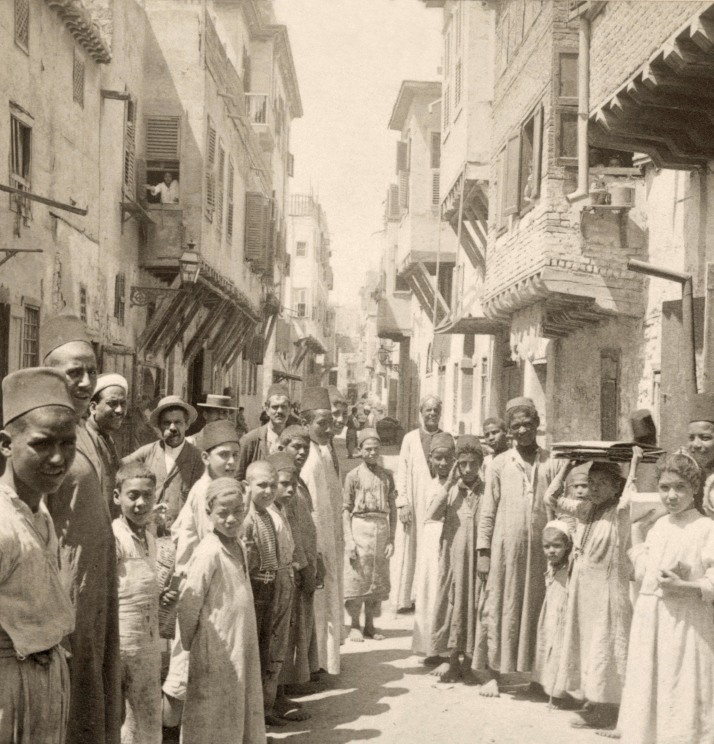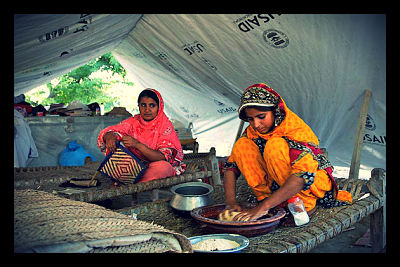
With the advent of modern technology and personal web profiles such as Facebook, twitter, Instagram and ask.fm, just to name a few, connecting with a global audience has become much easier and far faster than ever before. Although the plethora of personal webpages has been at the center of national conflict regarding adolescent bullying and overexposure, these websites can also be used more efficiently to promote important humanitarian causes and advance principles of social justice.
One renowned group in particular, the World Health Organization, has taken effective use of the benefits of online media. It is not sufficient enough to merely provide the general public with information regarding a current issue if no adequate steps are taken to ensure that a secure means of two-way communication has been established. According to the WHO, materials should not only enrich prior knowledge but also provide new insight on critical topics. An innovative method which establishes a proper two-way connection and provides adequate material is the employment of social advocacy.
Advocacy, communication, and social mobilization (ACSM) is the WHO’s strategy in terms of raising awareness while rallying individuals together. The advocacy portion of the technique involves working to influence legislative changes, while the communication and social mobilization segments involve improving public knowledge and engaging the general public in advocacy programs, respectively.
One manner in which the WHO utilizes this technique is by raising awareness of tuberculosis within the global and local environment by strengthening doctor-patient interactions. The ultimate goal of this pioneered social intimacy is to establish informed communities in which residents not only work individually to rally against tuberculosis or other social issues, but also to work together in joint activities. On the surface, the central goal of ACSM is to reduce incidences of tuberculosis, while the greater goal is to encourage global health and community development.
Although social media websites like Facebook and Twitter are not necessary to engender such events, it is arguable that these websites are critical in gathering support for these programs. As interactions among individuals, societies, and global communities shift towards online methods of communication, it is essential for organizations to also incorporate social media in their reservoir of campaign techniques. Not only does social media enable foundations to reach out and influence a wider audience, it also enables more effective and immediate communication – a vital ability in the chronically fast-paced tempo of the modern world.
– Phoebe Pradhan
Sources: World Health Organization, National Association of Social Workers
Photo: Vintage 3D








